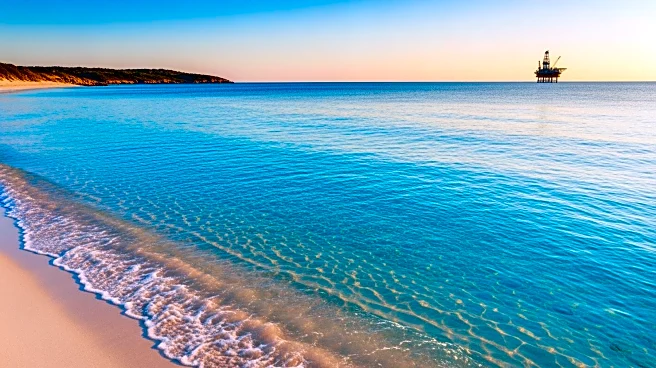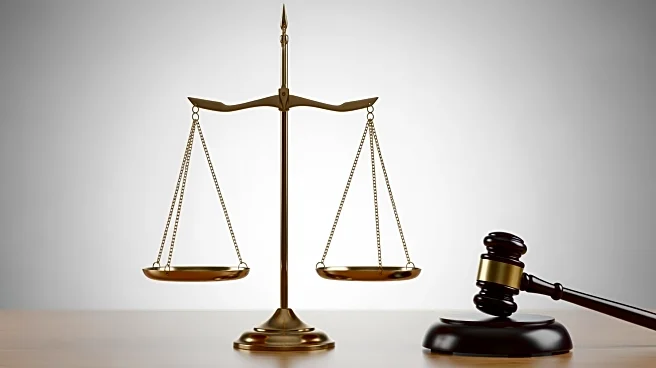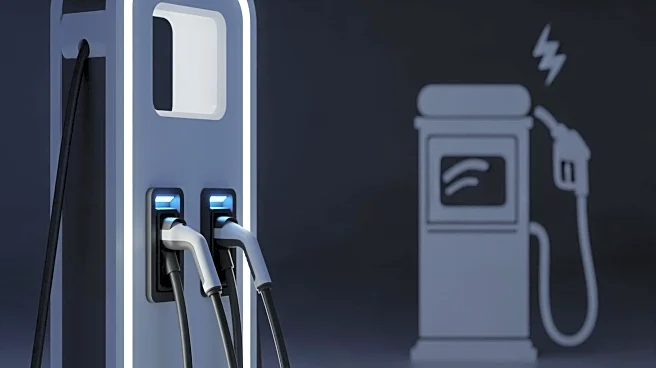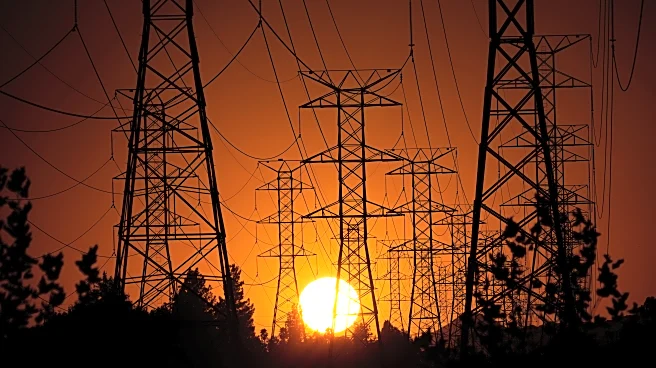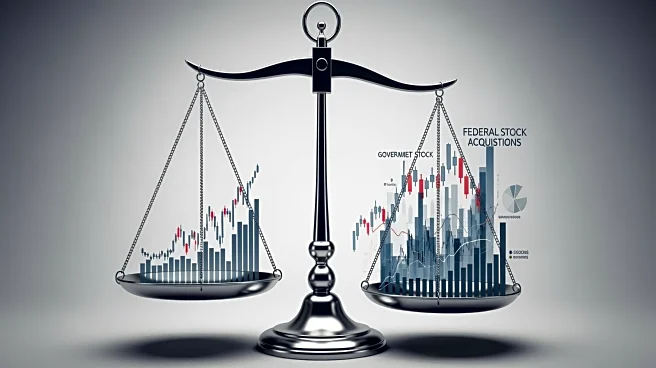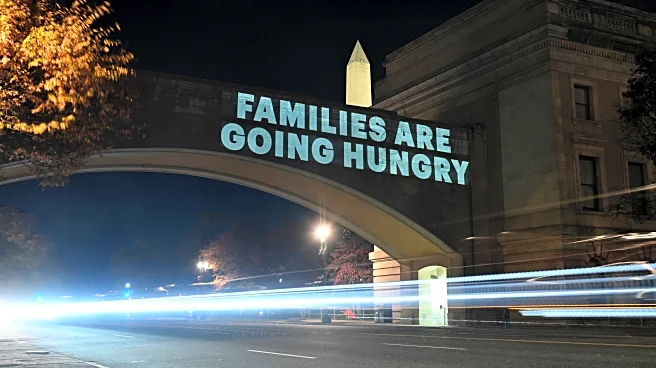What's Happening?
The Trump administration is planning to propose oil drilling off the California coast for the first time in decades, according to a draft map reviewed by The Washington Post. The plan includes six offshore
lease sales between 2027 and 2030 in areas along the California coast, as well as expanding drilling in the eastern Gulf of Mexico. This proposal is likely to face opposition from California Governor Gavin Newsom and other Democrats, who are concerned about environmental impacts and the potential for oil spills.
Why It's Important?
The proposal to open California to offshore oil drilling represents a significant shift in U.S. energy policy, potentially increasing domestic oil production and impacting environmental conservation efforts. If implemented, the plan could lead to economic benefits through job creation and increased revenue from oil production. However, it also raises concerns about environmental risks, including oil spills and their impact on marine ecosystems and coastal communities. The proposal may provoke legal and political battles, reflecting broader debates over energy policy and environmental protection.
What's Next?
The draft proposal is at least a year away from final approval, and any new production would take several more years. Stakeholders, including environmental groups and state officials, are expected to challenge the proposal, potentially leading to legal battles and public protests. The administration will need to navigate these challenges while seeking to advance its energy agenda.
Beyond the Headlines
The proposal highlights the ongoing tension between energy development and environmental conservation. It raises ethical questions about prioritizing economic gains over environmental protection and the long-term sustainability of energy policies. The potential expansion of offshore drilling could also influence global energy markets and U.S. energy independence.
